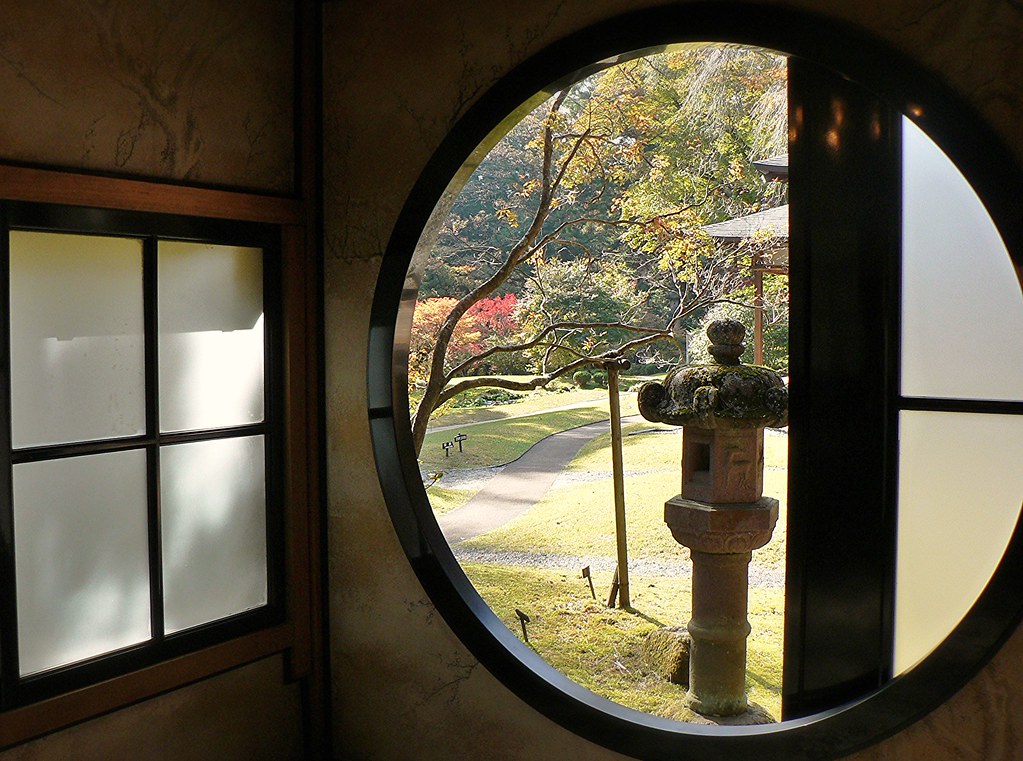In recent years, round windows have been gaining attention in the world of interior design, attracting the gaze and admiration of homeowners and design enthusiasts alike. Once considered an unconventional choice, round windows are now being embraced for their unique aesthetic appeal and ability to transform living spaces. From Instagram posts to specialized interior design media, the proliferation of examples featuring round windows has led to a newfound appreciation for this seemingly unexpected design decision.

Examples of Round Windows in Contemporary Interior Design
One notable example of the use of round windows is found in the library of photographer Ana Hop’s home in Mexico. Here, a large circular window serves as a focal point, allowing natural light to filter into the room while offering views of the surrounding tree tops. The circular shape is cleverly framed by the shelves and niches of the bookcase, creating an intriguing interplay of geometry within the space.
Similarly, in a home in Famara, Lanzarote, designed by German architect Alexander Bernjus, round windows are strategically placed to contrast with the desert landscape, adding unexpected and playful elements to the design. In Silver Lake, California, interior designer Emily Wassall incorporates a large round window into a reading nook, while in a house in Sydney, designed by SJB studio, a circular skylight floods a spacious double shower with natural light, creating a serene ambiance.
Round Windows: A Blend of Aesthetics and Functionality
The allure of round windows lies not only in their visual appeal but also in their functional advantages. Visually, they add interest and intrigue to interior spaces, breaking away from the monotony of straight lines and serving as focal points within a room. Functionally, they can integrate more harmoniously into small spaces or walls with irregular shapes, maximizing wall space that would otherwise be difficult to utilize with conventional rectangular windows.
However, round windows also present challenges, particularly in terms of their less common shape and mode of operation. Unlike traditional rectangular windows, round windows often pivot around a central axis for opening, and may not accommodate built-in blinds or shades as easily.
Architects’ Perspectives on Round Windows
Architects and designers who embrace innovation and cutting-edge design are often drawn to the uniqueness of round windows. Pilar Cano-Lasso and Ignacio de la Vega of Delavegacanolasso studio express their appreciation for the character and aesthetic richness that round windows bring to interior spaces. They emphasize the importance of carefully considering the design and functionality of round windows, particularly in terms of their opening mechanisms and structural integration.
In their architectural projects, round windows serve not only as architectural elements but also as connections to the surrounding environment. Whether used in a residential project like La Madriguera in Madrid or a modular design like Project Tini in Menorca, round windows play a pivotal role in enhancing privacy, maximizing natural light, and creating visually striking interiors.
Challenges and Considerations in Adopting Round Windows
Despite their aesthetic appeal and functional advantages, round windows still face resistance from homeowners and clients who may be hesitant to embrace unconventional design elements. Pilar Cano-Lasso acknowledges that while round windows may be visually appealing, there is often a lack of understanding or appreciation for their use among clients.
Conclusion: The Future of Round Windows in Interior Design
As round windows continue to capture the imagination of architects, designers, and design enthusiasts, their presence in contemporary interior design is likely to grow. While challenges remain in terms of acceptance and integration, the unique aesthetic and functional qualities of round windows offer endless possibilities for creative expression and spatial design. Whether used as focal points, sources of natural light, or connections to the outdoors, round windows have the potential to transform interior spaces and enrich the lived experience of those who inhabit them.
